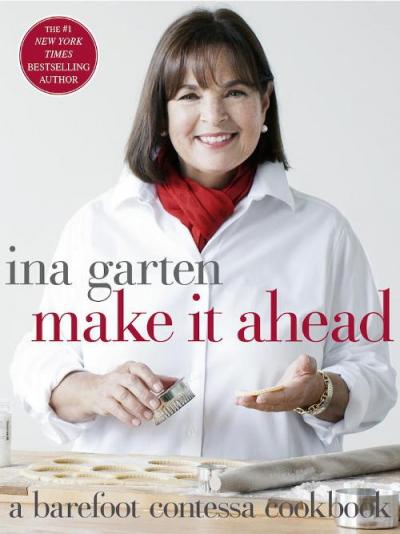Seasons by the Sea: They Care About Carrots
Seasons by the Sea: They Care About Carrots

Lights! Carrots! Action! It was Colin’s Carrot-Palooza at Estia’s Little Kitchen last week, as splashy a media event as you can expect for a Wednesday . . . in November . . . for a vegetable. There were local rock star chefs and their Daucus carotas, served raw, steamed, and in various dishes. The carrots, that is.
Colin Ambrose conceived of the event, a yearly root tasting, last summer. He asked a number of chefs and their favorite farmers or gardeners to grow a control seed (Scarlet Nantes) and another of their choice. There were hybrids and open-pollinated types, many with names that sounded more like medical marijuana varieties: Purple Haze, Atomic Red, White Satin, and Bolero.
Colin modestly pointed out the difference between himself and the other growers. “I’m a gardener, these people are farmers. This is educational for me, how they do it, what I can learn from them. Farmers have to blow the socks off of people who go to the farmers markets and taste their carrots.”
As people nibbled the raw and steamed samples, each chef and farmer was asked about his or her 65-day growing odyssey. Marilee Foster of Foster Farm, who was paired with Jason Weiner of Almond, emphasized the importance of preparing the soil the year before growth, making sure it’s not too acidic. Scott Chaskey of Quail Hill Farm, partnered with Chris Polidoro, a private chef, pointed out that once seeds are set, germination takes a long time, and weeding, weeding, weeding is important. Giggles all around from those in the know, except the press people whose mouths were stuffed with free food and wine.
Jeff Negron, who helps with the garden at Nick and Toni’s and Topping Rose House and has a number of private clients, said the sandy soil is good but needs plenty of nutrients. He also lamented the fact that carrots are slow growers and that his private clients expected carrots to be ready on time for all appropriate holidays. More giggles.
Dennis MacNeil, the chef at Provisions in Sag Harbor, said he had tried purple carrots in a chicken soup and they turned the soup purple. Cassandra Shupp, the pastry chef from Topping Rose House, said she uses carrots in a lot of desserts.
In their raw and lightly steamed state, the Atomic Reds had a somewhat strong flavor, the Purple Haze had a green taste, the White Satins were a bit soft and mild, the Dale’s fresh mix very vegetal. Yeah, I know those are vague descriptions.
And then, out came the dishes. From Topping Rose House there were some dainty and delicious carrot cake squares. From Bay Burger was a carrot panna cotta, light and silky. Todd Jacobs of Fresh Hamptons brought carrot fritters for dipping in a marvelous zesty mayo, yuzu, and jalapeno sauce. Bryan Futerman and Joe Realmuto of Nick and Toni’s provided beautiful and tasty harissa carrots. For sure one of the best was Colin’s Mr. McGregor’s Shepherd’s Pie, made with a layer of carrots between the mashed potatoes and (sniff, sniff, snuffle) Peter Rabbit stew filling. If there had been a Mrs. Tiggy Winkle pie I would have just about fainted then and there. Mr. Polidoro’s perfectly balanced carrot gyoza with a garlicky soy dipping sauce was my favorite.
We ate, we learned, we laughed, we jockeyed for position to take pictures. Stay tuned for next year’s event, where we again follow the seed to the plate at . . . BEETle Mania!
Click for recipes





